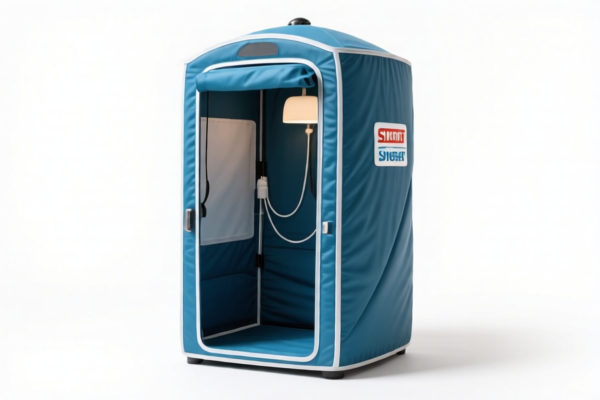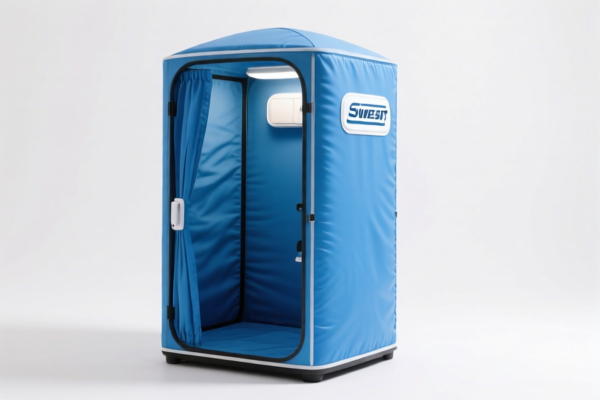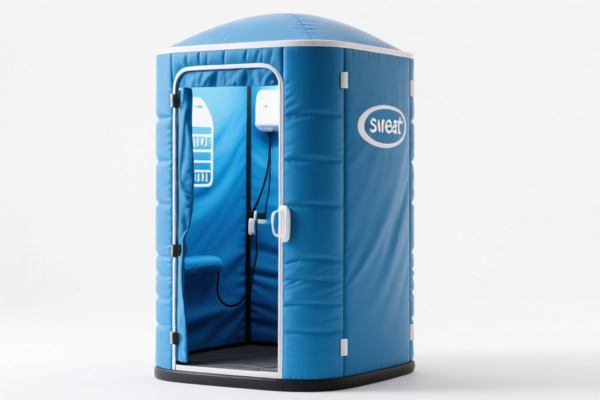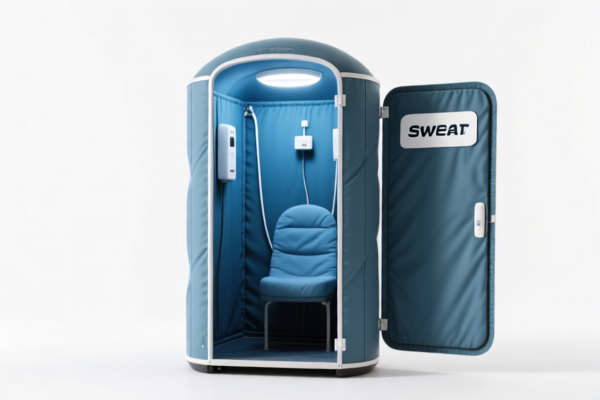| HS Code | Official Doc | Tariff Rate | Origin | Destination | Effective Date |
|---|---|---|---|---|---|
| 6306905000 | Doc | 34.5% | CN | US | 2025-05-12 |
| 6306901000 | Doc | 33.5% | CN | US | 2025-05-12 |
| 6307908500 | Doc | 35.8% | CN | US | 2025-05-12 |
| 6307907200 | Doc | 42.0% | CN | US | 2025-05-12 |
| 3922100000 | Doc | 43.8% | CN | US | 2025-05-12 |
| 3922900000 | Doc | 61.3% | CN | US | 2025-05-12 |




Portable Shower
A portable shower is a self-contained unit designed to provide a showering experience away from fixed plumbing infrastructure. These devices cater to situations where access to conventional showers is limited or unavailable.
Material
Portable showers utilize a variety of materials depending on price point and intended use:
- Water Tank: Commonly constructed from durable plastics like polyethylene (PE) or polypropylene (PP) for water storage. Some higher-end models employ materials like stainless steel.
- Pump: Electric pumps generally feature plastic housings with internal components made of materials like stainless steel, rubber, and ceramic. Manual pumps utilize durable plastics and rubber bladders.
- Hose & Nozzle: Typically made of flexible PVC or reinforced rubber. Nozzles are often plastic with varying spray patterns.
- Frame/Casing: Materials range from lightweight plastics for basic models to more robust materials like aluminum or steel for increased durability.
- Heating Element (if applicable): Electric models use corrosion-resistant heating elements, often encased in metal.
Purpose
The primary purpose of a portable shower is to provide personal hygiene facilities in locations lacking standard shower access. Common applications include:
- Outdoor Recreation: Camping, hiking, backpacking, and off-grid living.
- Emergency Situations: Disaster relief, temporary shelters, and remote fieldwork.
- Pet Washing: Convenient cleaning of animals in outdoor settings.
- Post-Workout/Activity Rinse: Rinsing off after surfing, biking, or other activities.
- Construction/Work Sites: Providing hygiene for workers in remote locations.
Function
Portable showers operate on several principles:
- Water Storage: A tank holds a finite volume of water.
- Water Delivery: A pump (electric or manual) draws water from the tank and delivers it through a hose to a shower nozzle.
- Pressure Regulation: Pumps create water pressure for a consistent spray. Gravity-fed systems rely on tank elevation for pressure.
- Heating (optional): Some models incorporate electric heating elements to warm the water.
- Filtration (optional): Some units include filters to remove sediment and impurities from the water source.
Usage Scenarios
- Camping: Filling the tank from a water source (stream, lake, jug) and using the shower for personal cleaning.
- Beach/Surf: Rinsing off sand and saltwater after ocean activities.
- Backpacking: Using a small, lightweight shower for hygiene during multi-day treks.
- Emergency Preparedness: Having a shower available in case of power outages or natural disasters.
- Pet Grooming: Washing dogs or other animals outdoors.
Common Types
- Electric Portable Showers: Utilize an electric pump and often include a heating element. Require access to a power source (AC outlet or 12V car adapter). Offer consistent pressure and temperature control.
- Manual Portable Showers: Employ a hand-operated pump to generate water pressure. Lightweight and do not require electricity. Pressure and flow rate are dependent on pumping effort.
- Gravity-Fed Showers: Rely on the elevation of the water tank to create pressure. Simple and require no electricity or pumping. Pressure is limited by tank height.
- Solar Showers: Utilize solar energy to heat the water stored in a dark-colored tank. Environmentally friendly but dependent on sunlight.
- Camping Shower Bags: Simple bags with a shower head attached. Rely on gravity and are typically heated by the sun.
- Pressurized Canister Showers: Use compressed air to deliver water. Offer good pressure but require refilling with compressed air.
Portable showers fall under the category of sanitary ware, specifically baths, shower baths, sinks, washbasins, bidets, lavatory pans, seats and covers, flushing cisterns and similar sanitary ware. Based on the provided information, the following HS codes are relevant:
- 3922100000: Baths, shower baths, sinks and washbasins, of plastics. This code covers portable showers constructed from plastic materials. The first two digits (39) indicate plastics and rubber articles. The next two digits (22) specify baths, shower baths, sinks, washbasins, bidets, lavatory pans, seats and covers, flushing cisterns and similar sanitary ware. The final two digits (10) further refine this to baths, shower baths, sinks and washbasins. The applicable tax rate is a base tariff of 6.3%, a surtax of 7.5%, and a tariff of 30.0% effective April 2, 2025, resulting in a total tariff of 43.8%.
- 3922900000: Other, of plastics. This code applies to portable showers made of plastic that do not fall into the more specific category of 3922100000. The first two digits (39) indicate plastics and rubber articles. The next two digits (22) specify baths, shower baths, sinks, washbasins, bidets, lavatory pans, seats and covers, flushing cisterns and similar sanitary ware. The final two digits (90) indicate other articles. The applicable tax rate is a base tariff of 6.3%, a surtax of 25.0%, and a tariff of 30.0% effective April 2, 2025, resulting in a total tariff of 61.3%.
Regarding HS codes 3922100000 and 3922900000, please note the need to verify the material composition (specifically, confirmation of plastic construction) as this determines the correct HS code selection.
Customer Reviews
No reviews yet.